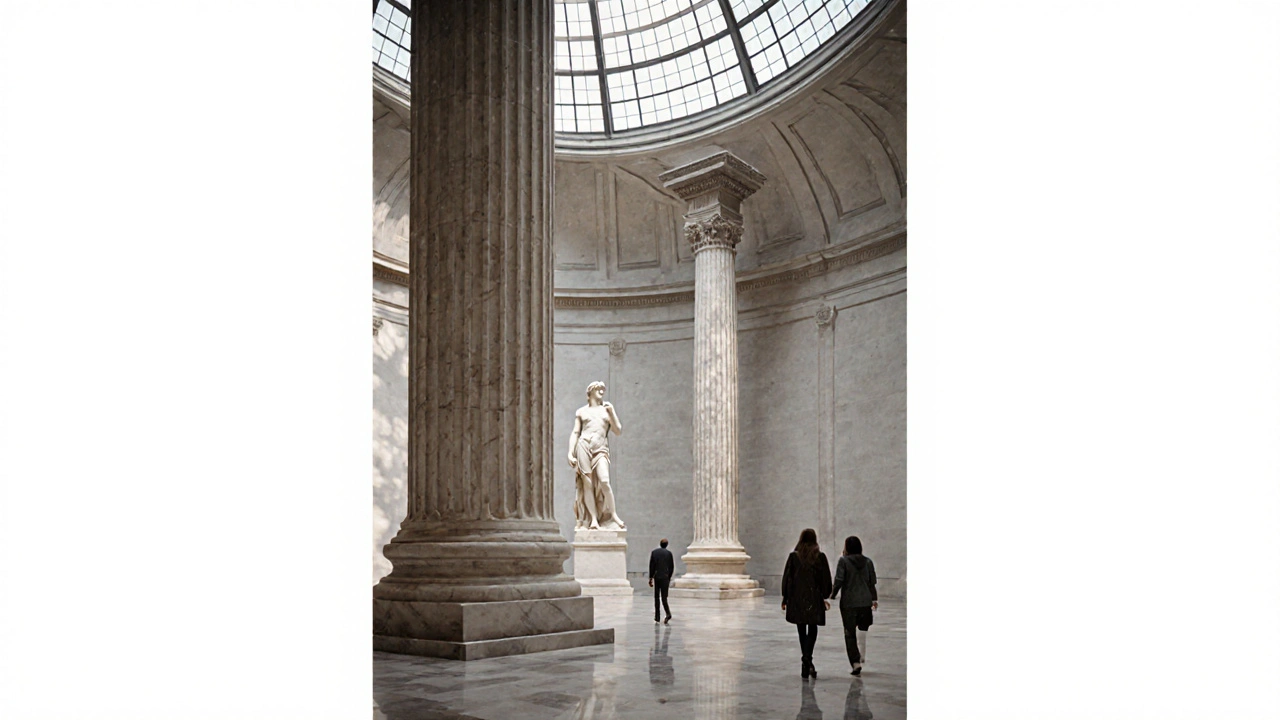Victoria and Albert Museum: Art, Design, and History in London
When you step into the Victoria and Albert Museum, London’s world-famous museum dedicated to art, design, and performance. Also known as the V&A, it’s not just a building full of old things—it’s a living archive of how people have made beauty out of everyday life for over 500 years. You’ll find royal coronation robes next to punk jackets, 17th-century porcelain beside modern sneakers, and intricate jewelry that took years to craft. It’s the kind of place where you can spend an hour staring at a single chair and still feel like you’ve seen a whole new world.
The museum doesn’t just display objects—it tells stories about the people who made them, wore them, and used them. Decorative arts, the craft of turning functional items into works of art are at the heart of the V&A. Think carved wood, hand-painted tiles, embroidered textiles, and glassware that glows in the light. These aren’t just pretty things—they’re clues to how people lived, what they valued, and how culture changed across centuries. Then there’s British art, the visual legacy of the UK from the Middle Ages to today. You’ll see portraits of kings and queens, but also protest posters, protest fashion, and digital designs from young London artists pushing boundaries right now.
The V&A isn’t a quiet, stuffy place you visit once and forget. It’s alive. It hosts temporary exhibits on anime costumes, skateboarding culture, and AI-generated fashion. It’s where designers come to study stitching techniques from 1880, where students sketch Renaissance sculptures, and where tourists pause in front of a dress worn by a pop star and realize, ‘Wait, this was made by hand?’ It’s free to enter, and you don’t need a ticket to wander through the Cast Courts or lose yourself in the Islamic galleries. You can come for the drama of a 19th-century wedding gown or stay for the quiet beauty of a single Japanese lacquer box.
What you’ll find below are real stories from people who’ve explored the V&A—not as a checklist item, but as a destination. There are guides to the hidden corners most tourists miss, tips on the best times to avoid crowds, and deep dives into exhibits that don’t get the hype but deserve it. Whether you’re into vintage fashion, ancient ceramics, or just love walking through spaces that feel like time machines, these posts show you how to connect with the museum on your own terms. No fluff. No tours. Just the real, quiet magic of a place that turns ordinary objects into unforgettable experiences.
